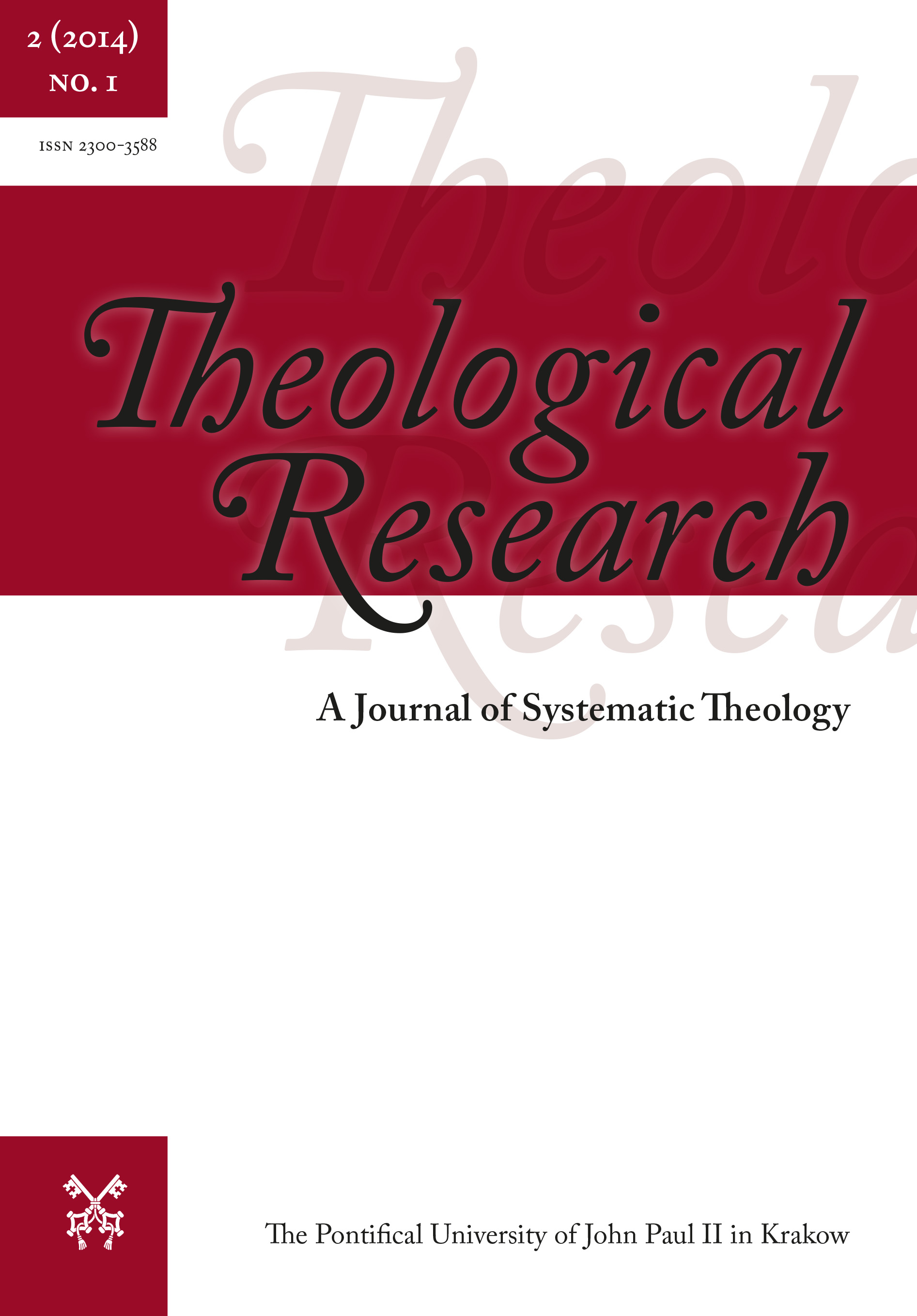Monastic Exegesis and the Biblical Typology of Monasticism in the Patristic Period
Monastic Exegesis and the Biblical Typology of Monasticism in the Patristic Period
Author(s): Dariusz KasprzakSubject(s): Systematic Theology, Pastoral Theology
Published by: Wydawnictwo Naukowe Uniwersytetu Papieskiego Jana Pawła II w Krakowie
Keywords: The Bible; monastic exegesis (literal – spiritual – anagogical); the royal path (via regia); biblical typology; the Patristic period
Summary/Abstract: Monastic exegesis of the Bible in the Patristic period was characterized by ascetic pragmatism, reminiscence and meditation of the canonical text and at the same time its extra-verbal literal and spiritual interpretation. The consequence of such a manner of reading the text of the Bible was to acknowledge the monastic way of life as the royal path (via regia) and the monk as the one possessing certain spiritual knowledge and living faith. Systematic ignoring of the original Hebrew text by ancient monks, as well as by the Fathers of the Church, in using literal – spiritual and anagogical exegesis led to every biblical text being understood in a spiritual manner, i.e. as a text leading a monk to salvation. The biblical typologies of the monastic life also started to be derived from the theological rule of the Testaments. Those typologies resulted from the formerly adopted Christocentric theological premise assuming that the whole Bible tells about Christ and leads to Christ. They were the spiritual interpretation of the biblical text and were aimed at accounting for monasticism as the biblical form of life.
Journal: Theological Research
- Issue Year: 2/2014
- Issue No: 1
- Page Range: 85-103
- Page Count: 19
- Language: English

